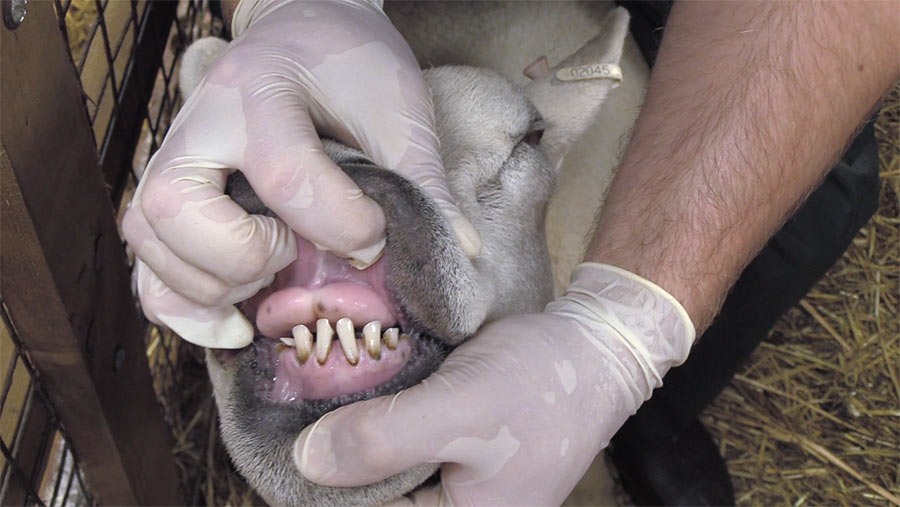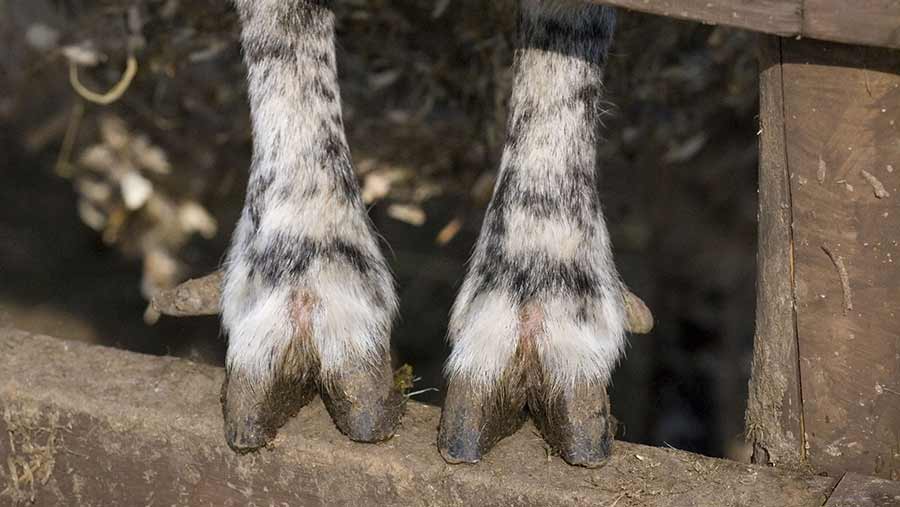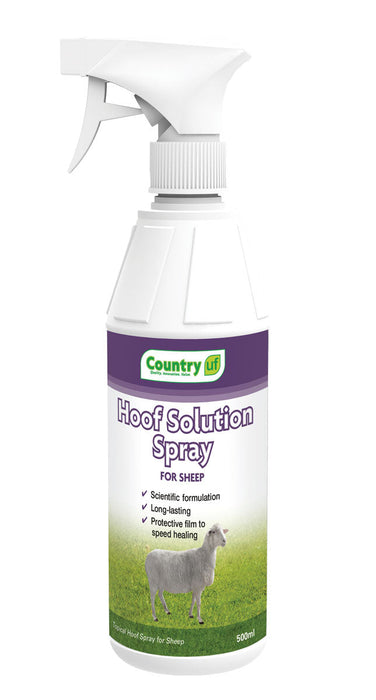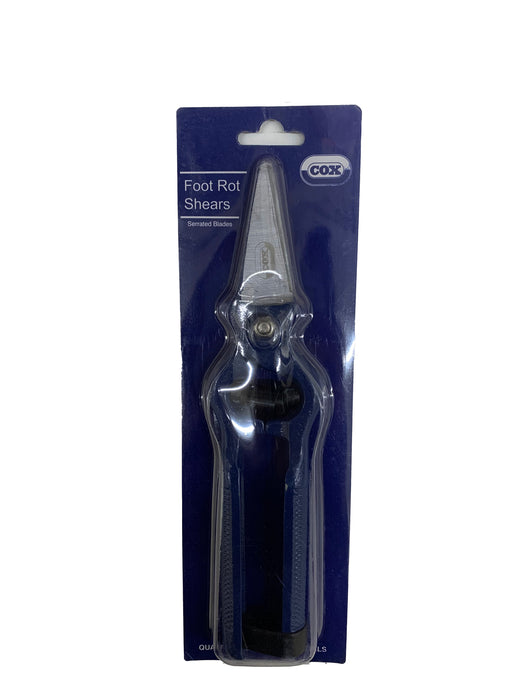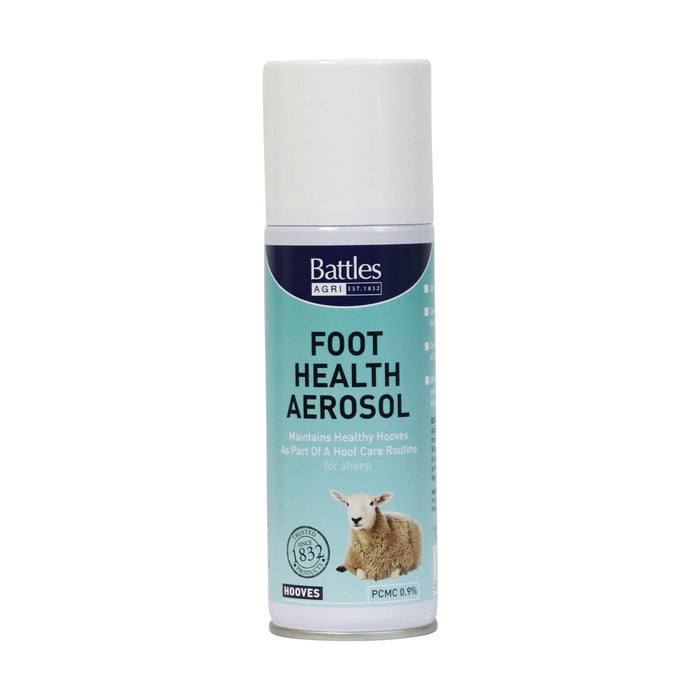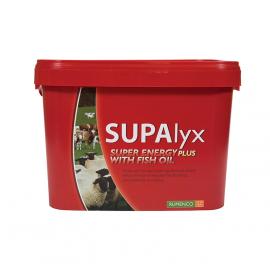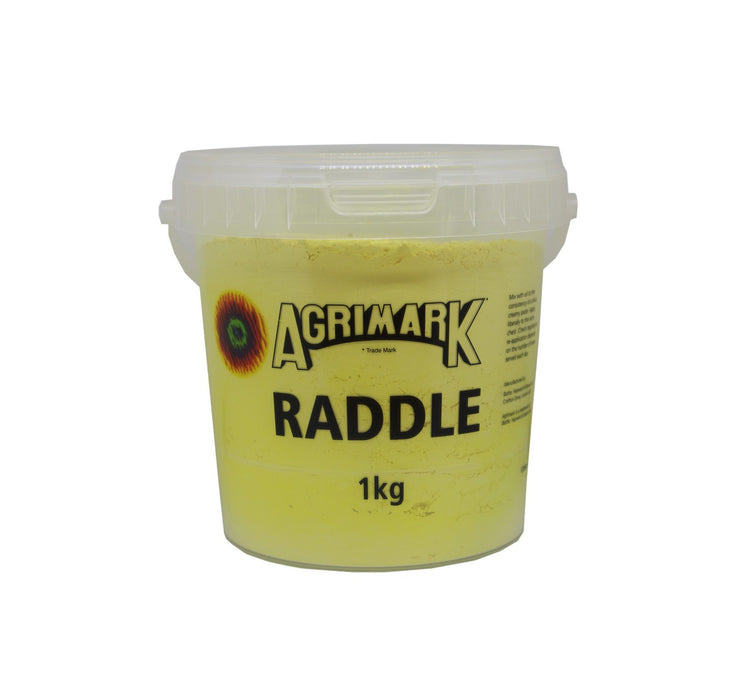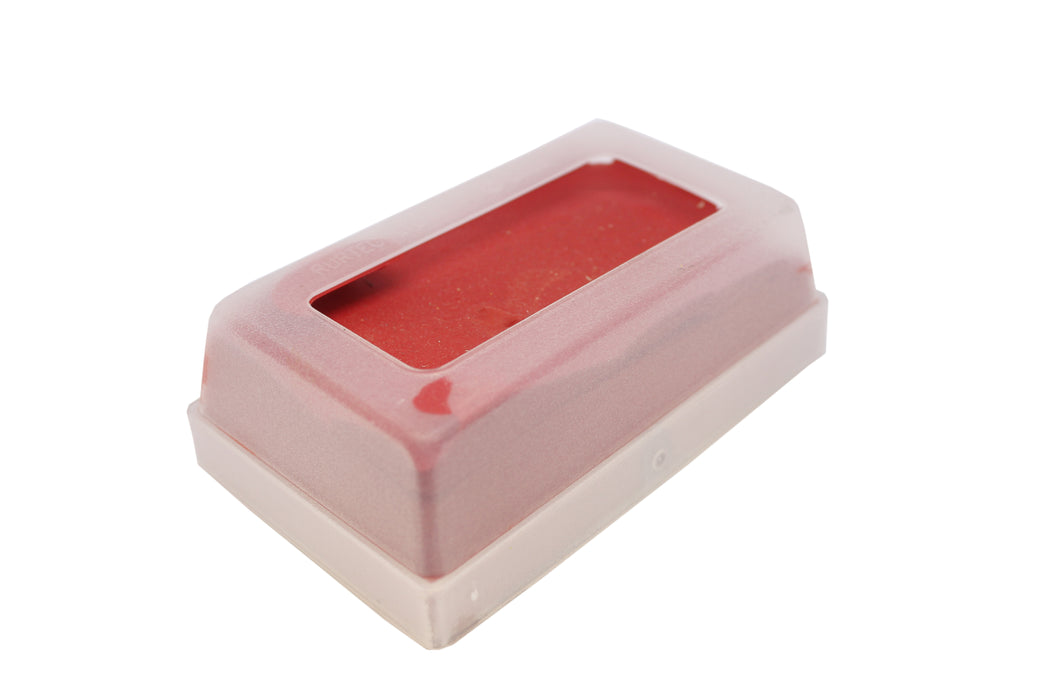
Pre Tupping MOT - Pre-Tupping Care Guide 2023
One of the most important periods in the sheep farming calendar is just around the corner. Tupping is the process of putting the tups in with the ewes so that they can be impregnated with next year's crop of lambs. Some farmers will use a process called hormonal sponging to adjust when the ewe has her oestrus cycle to make it fit around their farming calendar, but typically tupping happens in November so that lambs start to be born in late March/early April. This is because usually the weather is starting to improve and the grass is starting to grow, ensuring there will be enough forage to support the ewe while she produces milk and raises her lambs. A sheep's gestation period is 152 days on average, meaning if the tups are put to the ewes on bonfire night, lambs should be born on or around the 1st of April. It is important that all sheep that will be used for breeding are in optimum condition and have received the correct care in the months leading up to the breeding season. This will ensure a maximum conception rate leading to successful pregnancies. There are several factors to take into consideration when preparing your flock for tupping to commence.
1.Teeth
Photo Credit: Farmers Weekly
Dental checks should be standard practice throughout the year. As sheep age, their dentition often deteriorates. When they eventually lose their bottom teeth as they get older, it makes eating short forage such as cropped grass exceedingly difficult. It is important that ewes and tups can maintain the correct body condition throughout the breeding season, as having incorrect body condition has a significant impact on fertility. Mouths should be checked for an under or overshot jaw, any gaps in the teeth and molar abscesses. Under or overshot jaw is a genetic fault and can make eating difficult. Sheep with this defect should ideally not be bred from to stop recurrence in the flock. Abscesses in molars can be caused by debris being stuck in the back of the mouth or broken teeth. They can be very painful and will negatively impact a sheep's appetite and ability to eat. Closely monitoring dental health in a flock is a crucial part of any breeding plan to safeguard a healthy future.
2.Toes
Photo Credit: Farmers Weekly
Foot health in your flock is important all year round, however, in the months leading up to tupping time, it is crucial. A tup will cover a lot of miles during tupping season, walking around and seeing his ladies. He will also spend a lot of time on his back legs so his mobility and comfort is paramount to how many ewes he will serve. Throughout the year, regular foot bathing should be done using products to kill bacteria and help support good hoof health. Foot trimming should only be carried out when necessary, as repeatedly trimming back hooves will increase the likelihood of recurring lameness and can encourage the spread of foot rot should an outbreak occur.
3.Testicles & Teats
It is important to check testicles and teats within a flock. There should be two testicles in the scrotum that are of even size and firm without being hard. They should move freely inside the sack and there should be no other lumps or abnormalities. Sperm quantity and quality can be increased by making sure that the tup's body condition scores sits around 3.5. There have been links between feeding high protein grains and increased sperm quality. Feeding a quality compound feed that contains a good mix of rumen digestible proteins, will help maximise semen quality and quantity at tupping. Quality feeding will also provide minerals to help with ewe vigour and all-round health.
When deciding whether to breed from a ewe, one of the main deciding factors should be whether she has healthy enough udders to be able to provide adequate milk to rear lambs. Both halves of the udder should be in good condition, the teats should not be damaged and there should be no lumps or discharge. Any ewes found with udders that are not sound (bad bags) should be marked as non-breeding. When checking teats, it is a sensible time to crutch the ewes that are being put to the tup. This is when the wool is removed from around the tail and back end. This helps to avoid muck getting stuck in the fleece which can lead to infection for your tups and it also makes his job a little easier!
4.Tone

Body Condition Score Chart
It is important to consider the body condition score of sheep before the breeding season. Body condition scoring should be carried out approximately 2 months pre-tupping to provide enough time is adjust it if necessary. Optimum body condition scores (BCS) vary slightly between breeds of sheep. Typically, lowland ewes should have a BCS of 3.5 at tupping, as should the tups. Hill breeds should have a slightly lower BCS of 2.5 and Uplands at 3. BCS has an impact on how fertile the ewes will be and how well prepared they will be for the gestation of their lambs. The use of supplementary lick buckets and feed blocks alongside compound feed ensures that correct BCS is obtained in advance of tupping.
An extra high energy feed and mineral bucket for cattle and sheep
Key features and benefits
- Very high energy, including rumen protected fat, ideal for ewes from tupping through to lambing, weaned lambs, and growing and finishing cattle
- High level of quality protein, including hi-pro soya, to help support milk production and good frame growth
- Fortified with minerals, vitamins and trace elements, including selenium, cobalt, zinc and vitamin E, to support good stock health and overall performance
5.Treat
Pre-tupping is a suitable time to treat your flock for internal and external parasites to ensure optimum health and maximum fertility. Anti-abortion vaccinations should be carried out 4-6 weeks prior to tupping to optimise effectiveness. These can be discussed with your vet. While the flock is in, being BCS scored and given their MOT, it is a good opportunity to carry out faecal egg counting, as samples can be easily collected. Mob samples taken from 15-20 different piles of droppings can be tested to see what the worm burden is in the flock. We offer this as a service in-store, and it can provide a useful insight into whether to use an anthelmintic to worm the flock pre-tupping. If the tests come back with a high worm burden, our AMTRA-qualified Registered Animal Medicines Advisors can help to advise on the best course of action to take to treat the flock.
Be Prepared!
When the main event finally arrives, it is important to be prepared. Using raddle or marking crayons with a harness can help to identify which ewes have been served by the tup and assist with planning ahead for lambing time to know which ewes should be lambing when. Harnesses are an easy and mess-free method of marking with each tup wearing one and having a coloured crayon attached to the front. When he serves a ewe, the crayon leaves a mark on her rump making for easy identification. Colours can be changed with each cycle to indicate gestation timings. Traditional raddle powder is mixed with a small amount of oil and applied to the tup's chest in a paste, this marks the rump of the ewe in the same way that a crayon would.

